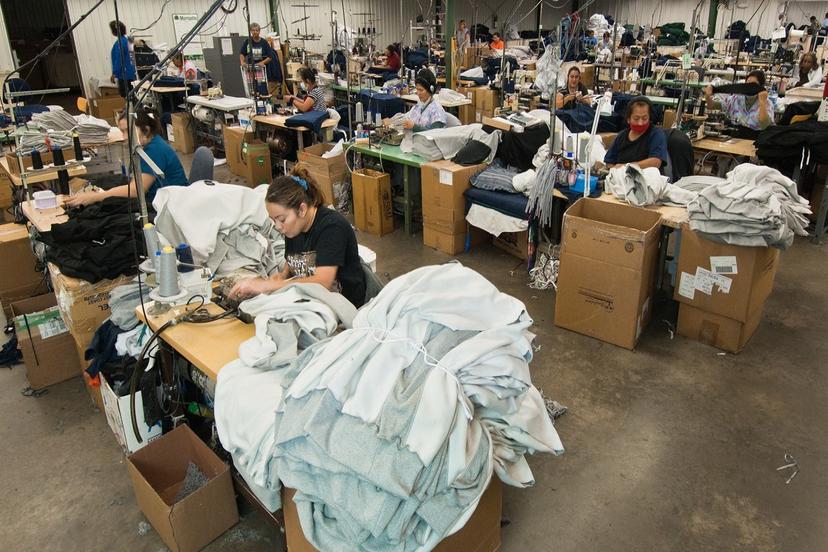Textiles

Background
The word textile originally referred only to fabrics made by weaving yarn on a loom. Today, the textile industry includes knitted goods, braids, and other fabrics that are made from fibers, yarns, and other materials. Textiles may be made from natural products, such as cotton, linen, wool, and mohair, or from synthetic materials, such as polyester, nylon, and rayon.
People began weaving the four basic natural fibers—cotton, linen, wool, and silk—into cloth as early as the Stone Age. Pieces of woven cloth dating from about 4000 B.C. have been discovered in Europe, Asia, South America, and the Middle East.
For a long time, making cloth was a time-consuming task because everything had to be done by hand. When the Industrial Revolution began in the 18th century, textile manufacturing was one of the first industries affected by the development of the new machines. The machines used to produce textiles saved time and dramatically cut the cost of making clothing.
Prior to the late 1700s, the United States manufactured almost no cloth; most was imported from England. The textile industry was so important to England that English officials refused to allow either the drawings of textile machines or the mechanics who operated the machines to leave the country. In 1789, however, an English textile mechanic named Samuel Slater disguised himself as a farmer and sailed to the United States. He carried the details of the machinery in his head. In 1792, Slater opened a spinning mill in Pawtucket, Rhode Island. It was the first successful automated yarn-spinning business in the United States.
Alexander Hamilton also felt that the United States should produce its own textiles rather than relying solely on imports from England, so following the American Revolution he helped establish a mill town in Paterson, New Jersey. The start-up company—National Manufactory—ultimately failed and went out of business in 1796. American textile businesses continued to appear, including a factory opened in 1814 by James Cabot Lowell in Waltham, Massachussetts.
The first manufactured fibers were developed near the beginning of the 20th century. Since then, manufactured fibers have improved the function and versatility of textiles. For example, new fibers and finishes have made clothes less costly. Durable, soil-resistant synthetic carpets cover the floors of homes, schools, offices, and hospitals. The automotive industry uses these and other fibers in seat belts, upholstery, and the reinforcement of tires, belts, and hoses. The textile industry is also a major supplier to the U.S. military, according to the National Council of Textile Organizations. The industry provides soldiers with everything from uniforms to high-tech protective clothing, and supplies defense contractors with industrial fabrics that are essential to operating key pieces of military equipment. In 2019, the U.S. textile industry supplied more than 8,000 different textile products to the U.S. military.
Fierce competition from overseas manufacturers has forced American textile companies to develop new technologies and processing methods. Computers have revolutionized the industry, speeding up such processes as knitting, weaving, and garment marking and cutting.
